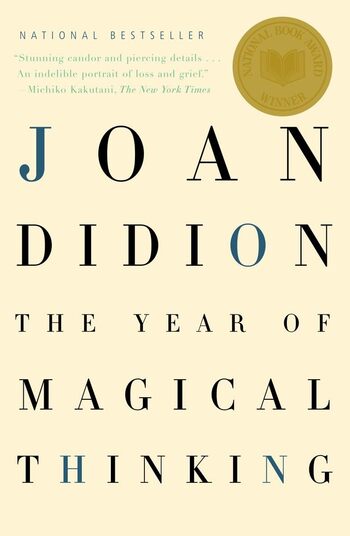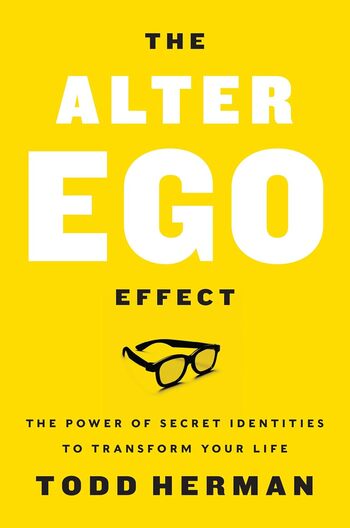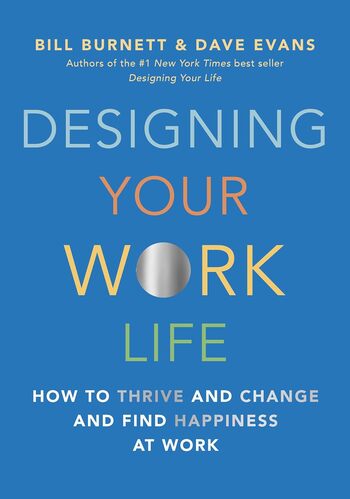
Alan Weisman’s ‘The World Without Us’ examines Earth’s potential transformation if humanity suddenly vanishes, exploring nature reclaiming urban areas and the long-term environmental impact of human creations.
Main Lessons
- The natural world would swiftly reclaim urban environments, transforming cities into verdant landscapes.
- Without human maintenance, infrastructure would crumble, with buildings deteriorating and subways flooding.
- Wildlife would thrive without human interference, allowing endangered species to recover.
- Ecosystems disrupted by human activity could gradually heal and return to natural states.
- Many human creations, like plastics and nuclear waste, would have lasting environmental impacts.
- Weisman highlights the importance of considering our environmental footprint and sustainable living.
- The book serves as a reflection on humanity’s legacy and the balance between human civilization and the natural world.
- By imagining a world without us, Weisman encourages deeper thinking about our ecological responsibility.
- Art and architectural monuments might endure, but nature’s persistence challenges their longevity.
- The work urges readers to consider actions for a sustainable future that coexist harmoniously with the planet.
- It underscores the beauty and resilience of Earth, emphasizing human impact on its delicate balance.








